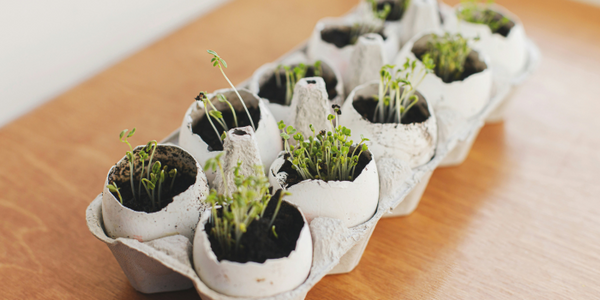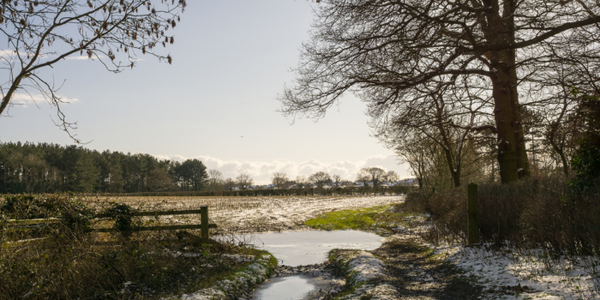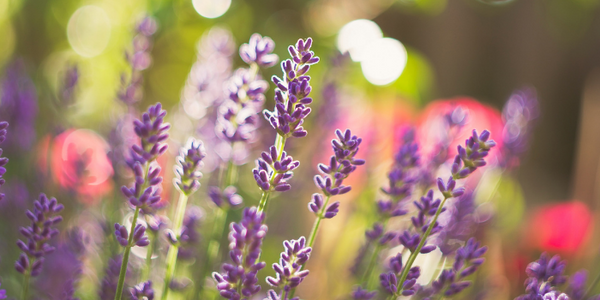1. Choose the parameters that are important to you
Keen sailor? Start off with a tide clock which synchronises to the lunar cycle and rotates every 12 hours and 25 minutes to indicate high and low tide.
Keen golfer? Choose either a manual rain gauge or a digital rain gauge to measure the amount of rain that has fallen. Most golf clubs will have a rain alarm to assess conditions but save yourself a wasted trip to your local course by monitoring the rain for yourself at home.
Keen gardener? A combined weather dial is perfect for monitoring the weather in your garden at home. With temperature, humidity and pressure readings, you can check conditions to make sure you've got the perfect environment for growing. Our CM4304 Combined Weather Dial is available in golden bronze, rose copper, classic cream and slate grey. Got a greenhouse too? Add a CM3086 digital min/max thermometer for easy-to-read temperature readings.
Keen dog walker? Get yourself set up with a CM9088 desktop forecast weather station and you can see sunrise and sunset times so you'll know what time you will be able to get our with your furry friend the next day. The station also shows forecast tendency icons which will give you an idea of what the weather will be doing. This station comes with an outdoor sensor so that you can see the temperature and humidity in your own garden.
Keen hiker? A handheld anemometer like the CM2030 will give you wind speed readings as well as wind chill and temperature. Ideal for checking conditions out and about, or finding the perfect spot to set up your tent on your next camping trip.
All rounder? You'll need a complete weather station. The CM2000 measures wind speed and direction, temperature, humidity, pressure and more! It also has a touch screen console and can connect to your PC. Perfect for those that want to jump straight in and get a complete view of the weather.
2. Make sure you track your progress
It's all very well glancing at your weather station from time to time, but to see meaningful trends in your weather data, you need to record it. Start off with a weather chart and record a whole host of parameters including:
- Pressure
- Humidity
- Wind Direction
- Wind Speed
- Minimum and Maximum Temperatures
- Rainfall
3. Get your friends involved!
The weather is one of our favourite topics of conversation here in the UK. Get your friends and family involved with your new hobby and you can share weather data between you.
4. Learn to appreciate all types of weather
"There is no such thing as bad weather, only different kinds of good weather." - John Ruskin
When you start weather watching, you begin to appreciate how varied the UK climate is, and discover the beauty in each of the seasons. Make sure you find a way to make the most of the great outdoors whatever the weather, even if it's just taking the dog for a walk or spending some time in the garden. Even checking the rainfall level on your garden rain gauge is a great excuse to get outside.
5. Never stop learning
Once you've mastered a few of the basics like checking rainfall levels on your rain gauge, why not add another weather parameter to your weather watching? Build your way up to a complete weather system in your garden, one instrument at a time. Alternatively, jump straight in with a full weather station, using our handy guide to picking the right weather station for you.





